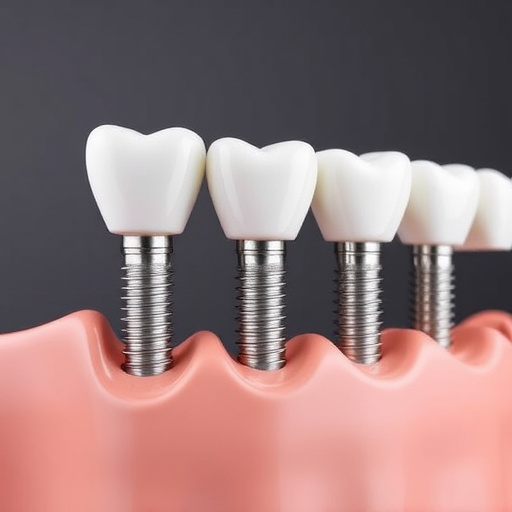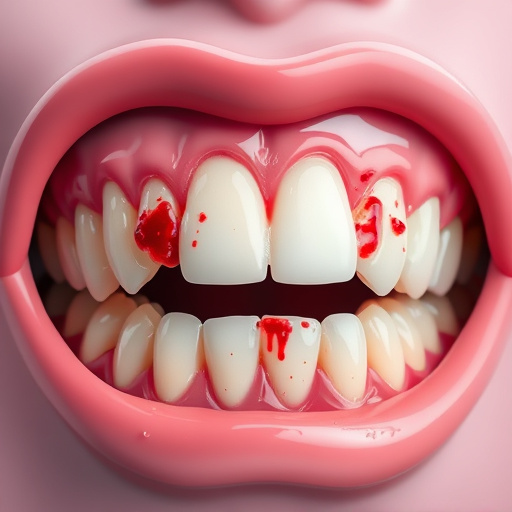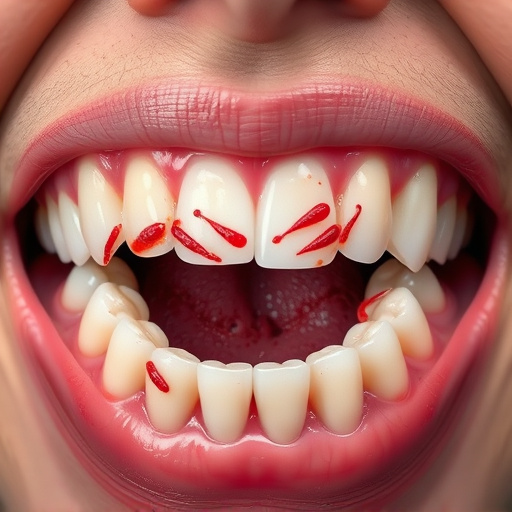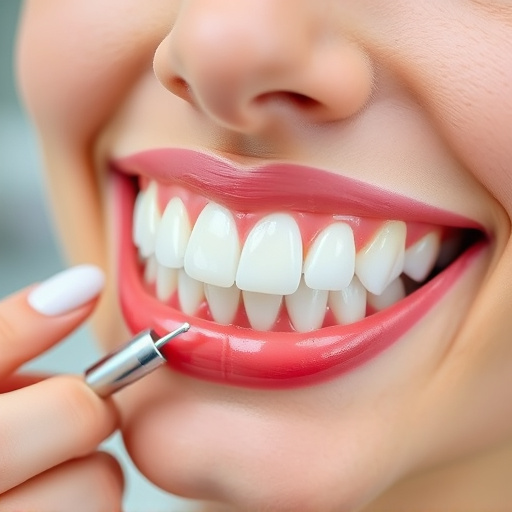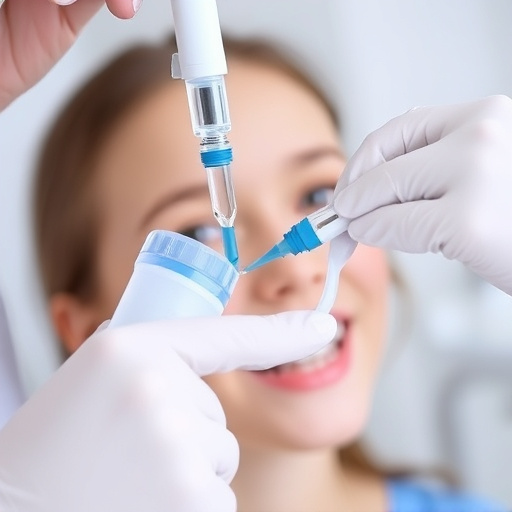Oral sedation dentistry offers a calming alternative for patients with dental anxiety, using sedatives to induce relaxation during procedures like teeth cleaning and cosmetic work. However, it requires careful consideration due to potential side effects and is suitable for those with moderate to minor restorative needs or extractions, excluding patients with severe medical conditions or low pain thresholds. Safety measures include comprehensive medical assessments, monitoring vital signs, proper training, and emergency protocols.
Oral sedation dentistry offers a comfortable option for patients facing dental procedures, but is it safe? This comprehensive guide explores the benefits and risks of oral sedation, helping you understand its role in modern dentistry. We delve into patient selection criteria, ensuring safety through rigorous protocols and precautions, and provide insights to empower informed decisions. Discover how this approach can make dental care more accessible and less daunting for those in need.
- Understanding Oral Sedation: Benefits and Risks
- Patient Selection: Who Is a Good Candidate?
- Ensuring Safety: Protocols and Precautions
Understanding Oral Sedation: Benefits and Risks
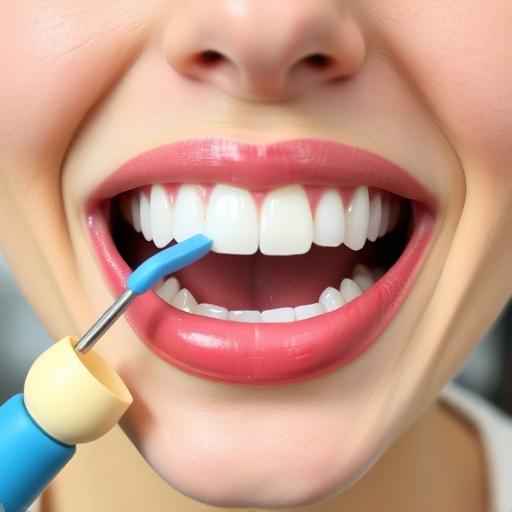
Oral sedation dentistry offers patients a unique way to receive dental care while experiencing minimal discomfort and anxiety. It involves the use of oral sedatives, typically in the form of pills or liquid, to induce a state of calm and relaxation. This method is particularly beneficial for individuals who feel nervous or have a history of fear or discomfort during dental procedures. By reducing anxiety, oral sedation can make routine teeth cleaning, cosmetic fillings, and even complex cosmetic dentistry treatments more bearable.
However, as with any medical procedure, it’s crucial to weigh the benefits against potential risks. While generally considered safe for most patients, oral sedation may not be suitable for everyone. Side effects can include dizziness, nausea, and increased heart rate, especially in individuals with pre-existing health conditions. It’s essential for patients to disclose their medical history and follow the dentist’s instructions to ensure a safe experience. Proper monitoring and a clear understanding of the procedure are key to mitigating risks associated with oral sedation dentistry.
Patient Selection: Who Is a Good Candidate?

Choosing the right patients is crucial for ensuring the safety and success of oral sedation dentistry procedures. This method is typically suitable for individuals who experience dental anxiety or phobia, making it an excellent alternative to conventional general anesthesia. Good candidates are often those who require moderate to minor restorative dentistry procedures such as fillings, root canals, or even dental implants. Patients undergoing tooth extractions, especially multiple extractions, can also benefit from oral sedation, helping them remain calm and comfortable throughout the process.
Before considering oral sedation, patients should have good overall health without any severe medical conditions that could interact with the sedative medication. They should be honest about their medical history, including any prescription or over-the-counter medications they are taking. Additionally, patients with a low pain threshold or those who anticipate significant discomfort during the procedure may not be ideal candidates for oral sedation dentistry.
Ensuring Safety: Protocols and Precautions

Oral sedation dentistry offers a comfortable and efficient way to manage dental anxiety, but ensuring patient safety is paramount. Strict protocols and precautions are in place to guarantee a secure experience during oral sedation procedures. Before any treatment, dental professionals thoroughly assess patients’ medical history, including existing conditions, medications, and allergies. This evaluation helps identify potential risks and ensures the suitability of oral sedation for each individual.
During the procedure, trained dental staff continuously monitors patients’ vital signs, such as heart rate, blood pressure, and oxygen levels. They maintain open lines of communication with the patient to address any concerns or discomfort promptly. Proper hygiene practices, including using sterile equipment and maintaining a clean environment, are rigorously followed to prevent infections. Moreover, adequate training in oral sedation administration and emergency protocols ensures that dental professionals are equipped to handle any unexpected situations, enhancing overall safety in preventive dentistry.
Oral sedation dentistry offers significant benefits for patients seeking comfortable dental procedures, but it’s crucial to approach this method with informed consideration. By carefully selecting suitable candidates and adhering to rigorous safety protocols, including thorough patient screening, appropriate monitoring during the procedure, and post-treatment care, oral sedation can be a safe and effective option. Patients interested in this alternative should discuss their medical history, potential risks, and expected outcomes with their dentist to make an informed decision about their dental care.







